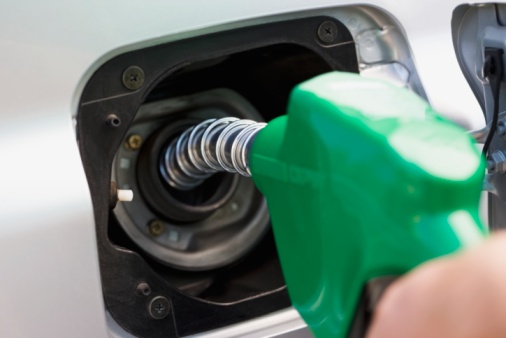
The average price for a gallon of regular gas has fallen to $2.064. But this figure is only an average, and there are factors that could drive the price toward $1 in some states.
Gas prices are lowest in Oklahoma at $1.802 and $1.804 in Indiana, based on GasBuddy research. Across the Gulf states, which include Alabama, Mississippi, Texas, and Louisiana, prices are below $1.89. In some of these states, local prices are closer to $1.50. Drivers in almost all these states benefit from low gas taxes and levies. All of the Gulf states have gas taxes well below the national average of 48.69 cents per gallon, according to the API. Oklahoma’s is 35.40, which shows how significant the tax effect can be.
Refinery costs are another primary factor in gas prices, and that capacity is increasing. According to several news reports, refineries in California and the Midwest, which had been closed for maintenance, have reopened or will reopen soon. The national supply will rise just as oil prices are plunging.
ALSO READ: 15 American Ghost Towns
Oil has always been the primary reason gas prices move up and down. The price of a gallon is $41 and has tested $40 recently. Goldman Sachs has said there is a 50% chance the price of crude will drop to $20. Jeffrey Currie, head of commodities research at the bank, recently forecast that “the global surplus of oil is bigger than it previously thought and that failure to reduce production fast enough may require prices to fall near $20 a barrel to clear the glut. Prices may touch that level when stockpiles are filled to capacity, forcing producers in some areas to cut output,” according to Bloomberg.
Gas prices do not drop in lockstep with oil, but the relationship between the two is very close. If oil hits $20, gas could touch $1 in the states which have the cheapest gas today.
Is Your Money Earning the Best Possible Rate? (Sponsor)
Let’s face it: If your money is just sitting in a checking account, you’re losing value every single day. With most checking accounts offering little to no interest, the cash you worked so hard to save is gradually being eroded by inflation.
However, by moving that money into a high-yield savings account, you can put your cash to work, growing steadily with little to no effort on your part. In just a few clicks, you can set up a high-yield savings account and start earning interest immediately.
There are plenty of reputable banks and online platforms that offer competitive rates, and many of them come with zero fees and no minimum balance requirements. Click here to see if you’re earning the best possible rate on your money!
Thank you for reading! Have some feedback for us?
Contact the 24/7 Wall St. editorial team.



